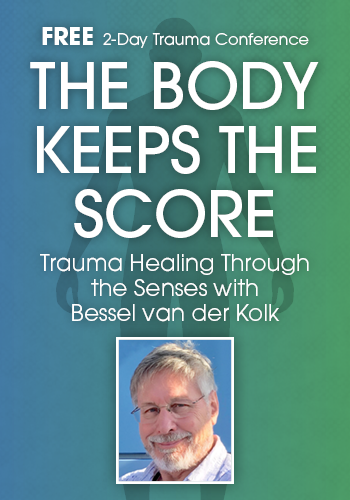Enrol in an online course today for flexible, self-paced learning—no fixed schedule required. Plus, enjoy lifetime access to course materials for convenient revisiting.
Therapy and Yoga (3/5): In Search of Integration

As I trained as a counselling psychologist, I found that many concepts from psychotherapy and psychology resonated with, and were enriched by, teachings from yoga – including balance, resistance, meaning-making, transformation, and above all integration.
The Yoga-Sūtra’s, compiled and codified by Pantañjali in Ancient India, might be described as the first psychological text. When I read author Chip Hartranft’s commentary on Pantañjali’s ‘programme’, it struck me that it perfectly describes the process of therapy:
‘The challenge lies not in the prescription itself… but in overcoming the well-established mental and physical habits that already produce suffering in our lives. These habits of perception and behaviour cost us dearly, yet we cannot help but hold them dear, for they are us. That is, we have all developed seemingly tried and true patterns of thinking and reacting, crystallising into stories about ourselves and the world, and we cling to them as our identity and home.’
The challenge here – in therapy, as in yoga – is to walk the path of most resistance. In overcoming our well-practiced habits of survival, we leave ourselves uncomfortable and vulnerable to the triggers all around us, which feels exquisitely dangerous but is entirely necessary for transformation. And as Hartranft goes on to say, there are ‘hardly any tools in the self’s repertoire, or our collective society’, for helping us to surrender control and face reality.
In yoga, a mind that is distracted, divided, and disconnected is thought to suffer in its delusion. Under the medical model of psychiatric diagnosis, this definition also holds true. A mind that is confused and cannot identify what feels real (derealisation), who they are (depersonalisation), or if they are responsible for the abuse they experienced (the shame and self-blame that comes with trauma), will also experience great suffering.
On the other hand, when we are capable of staying calm in the face of triggering experiences, or creating new synaptic connections in our brain as a way to heal from trauma, we do indeed seem to have what Patañjali – or perhaps a later translator – called ‘extraordinary powers’.
Many clients who come to therapy have been living a life of ‘shoulds’ and ‘shouldn’ts’. It has been my experience that they require the same permission that is emphasised in yoga philosophy, to approach each intra or interrelational challenge – just as we approach each class or physical pose in yoga – with intentionality but without judgment or expectation.
Yoga has also helped me to think more deeply about the nature of the mind, and what we are trying to achieve as therapists.
When I first began learning the Sutras (threads) or beautiful Sanskrit names of yoga poses, I was excited by the many definitions of every word that I learned. Sanskrit was originally an oral language, then a pictorial language, so each letter is a story, and each word is a collection of stories.
As I’ve learned more about the human brain and the ways we learn and process information, Sanskrit, with its multiple definitions, made even more sense to me. Thousands of associations, memories, feelings, and thoughts become attached to words over the course of our life. Does my ‘happy’ or ‘depressed’ look or feel anything like yours?
In Sanskrit, its language of origin, the word yoga translates as ‘to yoke’, ‘bind’ or ‘union’. I think integration – Dan Siegel’s word for ‘wellness’ – would be an excellent addition to this definition. Yoga and therapy both have the goal of feeling content through the effort of controlling one’s mental functions and understanding our lived experiences. Integrating the who and the what, the past and the future, and living in the now.
It is a failure of relatedness, lack of integration, fragmentation, and connection that everyone from Patanjali and Socrates to Darwin and Freud has tried to understand, explain, and address. Yoga teaches that we are but a drop in the ocean. We are therefore also the ocean, and it is only the illusion that we are separate that causes pain and confusion.
Therapy hopes to teach clients the same idea but in a different way. We are not our thoughts, what happened to us, or what we were told – to heal, we simply need to re-integrate or, as Peter Levine says, ‘re-member’ who we are.

















